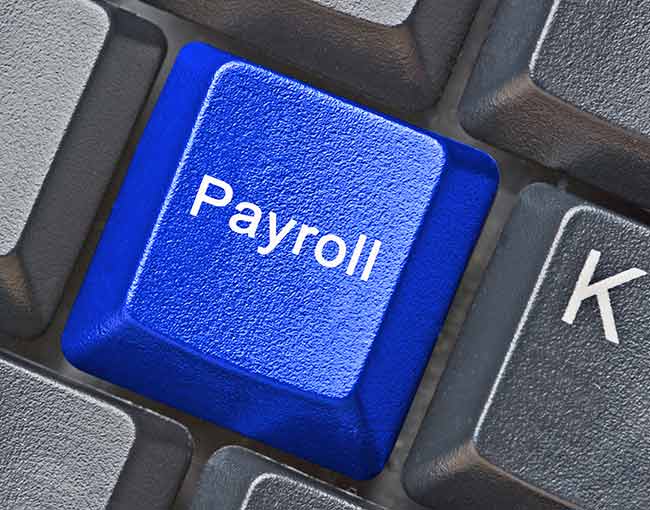The Equal Employment Opportunity Commission (EEOC) has proposed revisions to the annual Employer Information Report (EEO-1) which would require employers to provide additional pay data. The proposed revisions would apply to any employer with more than 100 workers, as well as to federal contractors.
The EEOC already uses EEO-1 reports to collect demographic data about employers’ workforces, including information regarding the race, ethnicity, sex, and job category of workers. With the proposed revisions, the EEO-1 form would also collect data on pay ranges and hours worked beginning in September, 2017.
The EEOC has boldly stated it will use this information to provide the EEOC and the Department of Labor with insight into pay disparities across industries and occupations, and strengthen federal efforts to combat pay discrimination. The agencies would also use this pay data to assess complaints of discrimination, focus agency investigations, and identify pay disparities that may warrant further examination.
The proposed changes were officially published in the Federal Register on February 1, 2016. Members of the public can submit comments until April 1, 2016. The Proposed Regulations can be found here.
Of particular note, the proposed regulations contain the following guidance:
- The measure of pay to be collected in the revised EEO-1 will be total W-2 earnings.
- The revised EEO-1 will collect aggregate W-2 data in 12 pay bands (pay ranges) for the 10 EEO-1 job categories. Employers will count and report the number of employees in each pay band.
- The revised EEO-1 will collect the total number of hours worked by the employees in each pay band. The EEOC intends to use this data to analyze pay differences while also taking into account the differences in hours worked, as well as accounting for part time work.
- The EEOC is seeking employer input with respect to how to report hours worked for salaried employees.
- The EEOC will apply statistical tests to the W-2 data collected from the EEO-1. The EEOC plans to develop software that will allow their investigators to analyze W-2 pay distribution within a single firm, and compare the firm’s data to aggregate industry or metropolitan area data.
It is unclear to what extent the new pay data requirements will be an administrative burden on employers. Some in the industry fear the process could be time consuming, and are skeptical of the new data’s reliability, as it may not take into account the subjective factors influencing pay. However, others feel that the transition will be relatively seamless because it will only use data that employers already collect.
In light of these proposed changes, employers who currently are required to submit EEO-1 reports should consider self-audits of their pay data to determine if there are any areas of vulnerability. While it remains to be seen to what extent the EEOC will use this new data to bring more enforcement actions, employers can get ahead of the curve by identifying any inadvertent pay disparities, and being mindful when changing employees’ salaries moving forward.

